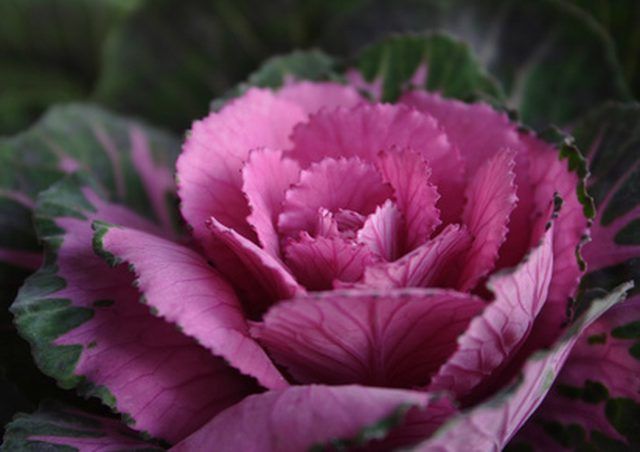Bulbs
Flower Basics
Flower Beds & Specialty Gardens
Flower Garden
Garden Furniture
Garden Gnomes
Garden Seeds
Garden Sheds
Garden Statues
Garden Tools & Supplies
Gardening Basics
Green & Organic
Groundcovers & Vines
Growing Annuals
Growing Basil
Growing Beans
Growing Berries
Growing Blueberries
Growing Cactus
Growing Corn
Growing Cotton
Growing Edibles
Growing Flowers
Growing Garlic
Growing Grapes
Growing Grass
Growing Herbs
Growing Jasmine
Growing Mint
Growing Mushrooms
Orchids
Growing Peanuts
Growing Perennials
Growing Plants
Growing Rosemary
Growing Roses
Growing Strawberries
Growing Sunflowers
Growing Thyme
Growing Tomatoes
Growing Tulips
Growing Vegetables
Herb Basics
Herb Garden
Indoor Growing
Landscaping Basics
Landscaping Patios
Landscaping Plants
Landscaping Shrubs
Landscaping Trees
Landscaping Walks & Pathways
Lawn Basics
Lawn Maintenance
Lawn Mowers
Lawn Ornaments
Lawn Planting
Lawn Tools
Outdoor Growing
Overall Landscape Planning
Pests, Weeds & Problems
Plant Basics
Rock Garden
Rose Garden
Shrubs
Soil
Specialty Gardens
Trees
Vegetable Garden
Yard Maintenance
How to Plant Flowers for Fall & Winter in North Carolina
How to Plant Flowers for Fall & Winter in North Carolina. The fall and winter months in North Carolina are generally chilly but mild enough to plant some cool-season annual flowers from November to March. In the mountains in western North Carolina, high winds and snowfall make fall and winter annual flower planting impractical, but tulips,...

The fall and winter months in North Carolina are generally chilly but mild enough to plant some cool-season annual flowers from November to March. In the mountains in western North Carolina, high winds and snowfall make fall and winter annual flower planting impractical, but tulips, daffodils and other bulbs can be planted. In the Piedmont and eastern coastal plain, focus on planting pansies, ornamental kales and cabbages, and, after the coldest part of winter has passed, plants like snapdragons and wallflowers.
Things You'll Need
Hand trowel (small shovel)
Organic matter
Sprinkling can
Wait until the first hard frosts in October or November kill your summer annual flower beds. Once these plants have browned, pull them from the planting beds so you can work and amend the soil in anticipation of planting cool-season flowers for fall and winter.
Cultivate the soil with a trowel or other small shovel to a depth of 5 to 6-inches. Incorporate organic matter such as compost or well-rotted manure in the soil to improve its texture and fertility. This is particularly important if your garden soil contains heavy red clay.
Plant your pansies and ornamental kale/cabbages in the garden bed, spacing them 5- to 10-inches apart. If you want immediate, dense "carpet-like" effect of the plants, space them a bit closer together. Keep in mind that once the weather begins to warm in February, these plants will be crowded since they will have grown. Plant snapdragons and wallflowers only in areas or during months when nighttime temperatures don't fall below 25 degrees F. Pansies and cabbages and kales survive much better when temperatures drop as low as 10 to 20 degrees.
Water the newly planted cool-season annuals with a sprinkling can or gently spray flow from a garden hose to compact the soil and remove any air pockets from the planting process. Monitor the soil and water the plants to keep the soil moist (not soggy) if natural rains aren't sufficient.
Apply a liquid solution of well-balanced fertilizer (such as 8-8-8) in conjunction with a watering to your annuals weekly. Wait one week after first planting the plants to begin fertilization. Follow product label directions for proper dosages, but consider making it half-strength since the fall and winter days are short and chilly. Withhold fertilizing in January if night temps are subfreezing and daytime highs do not get above 45 degrees Fahrenheit. Resume the weekly fertilizing in the warmer days of February so these cool-season plants grow and bloom well heading into March.
Tips & Warnings
While planting bulbs that bloom next spring is practical in the western mountains of the state, keep in mind October and November are the months to plant bulbs in the rest of North Carolina, too. Winter-blooming bulbs include winter aconite, snowdrops and crocuses.
Unless you live within 50 to 100 miles of the Atlantic Ocean, planting annual flowers in January and February may not be practical because of crusty (frosted) soils or long stretches of subfreezing weather when the plants won't grow well.
Consider planting snapdragons and wallflowers in February if you didn't first plant them in October. They may not survive if December and January are unusually cold or dry. Once February and March begin, these cool-season annual flowers really grow much better.
As long as temperatures each day get above freezing, remember to monitor soil moisture around your annuals. The topsoil quickly dries out in the low humidity and sunny winter days in North Carolina and can cause your plants to wilt.